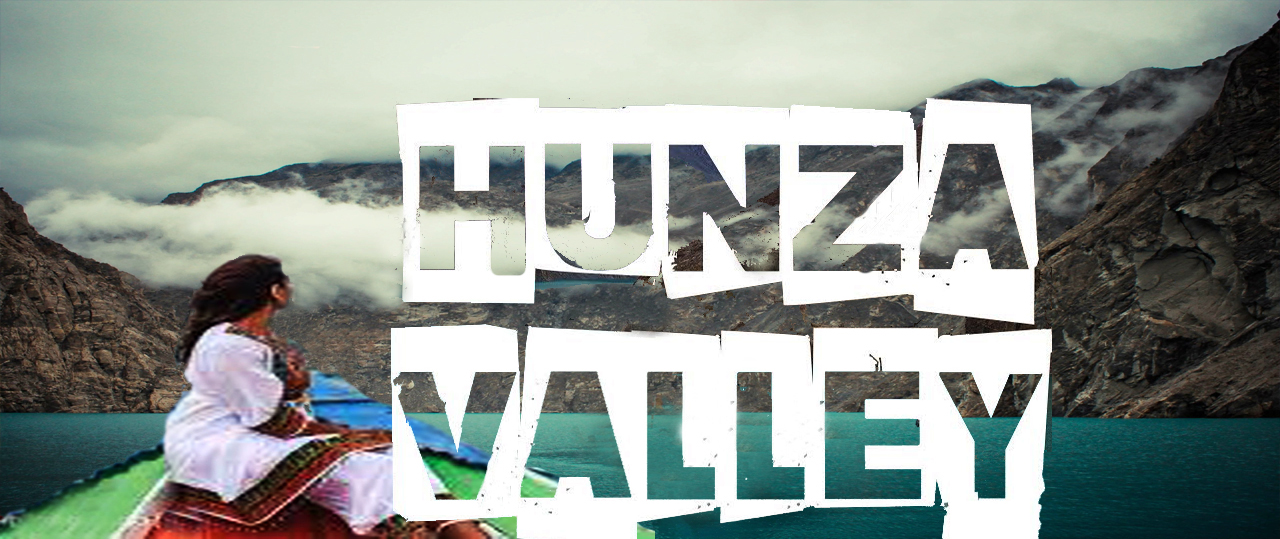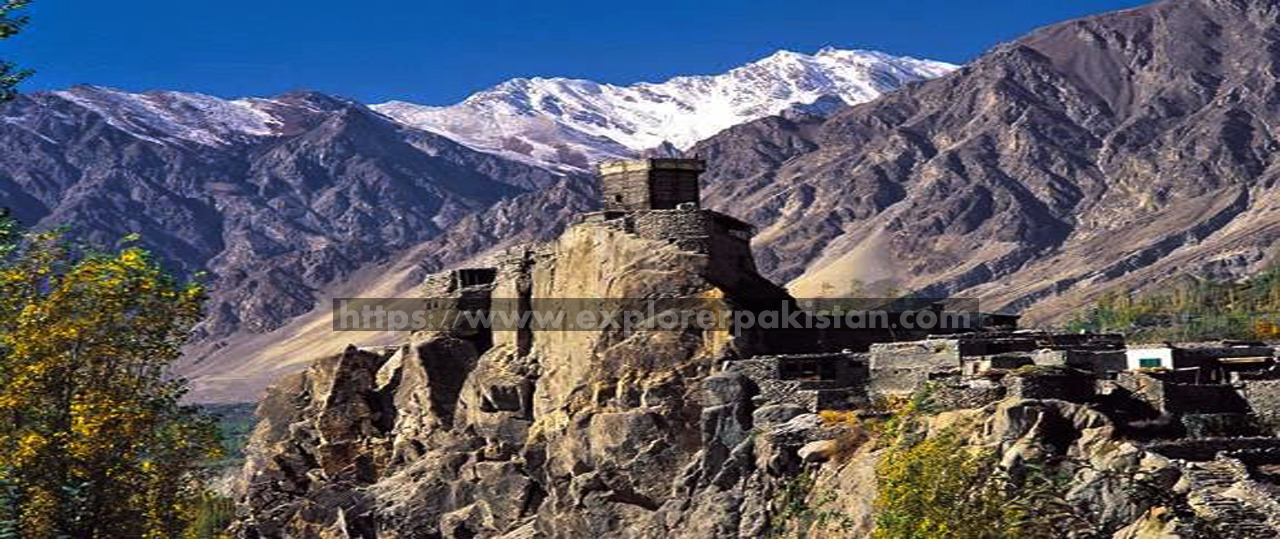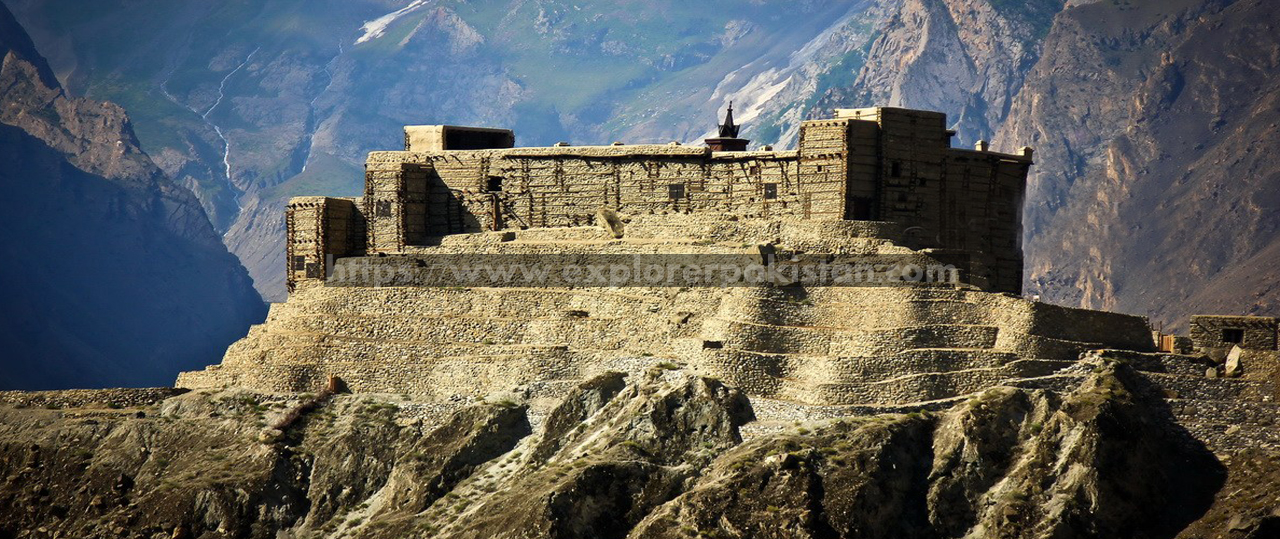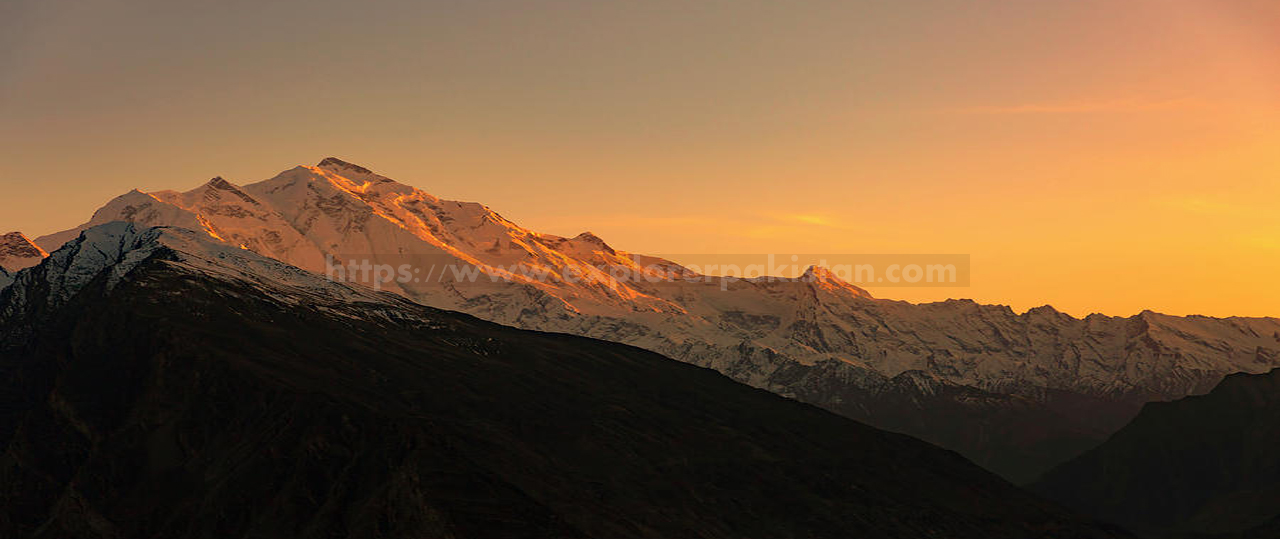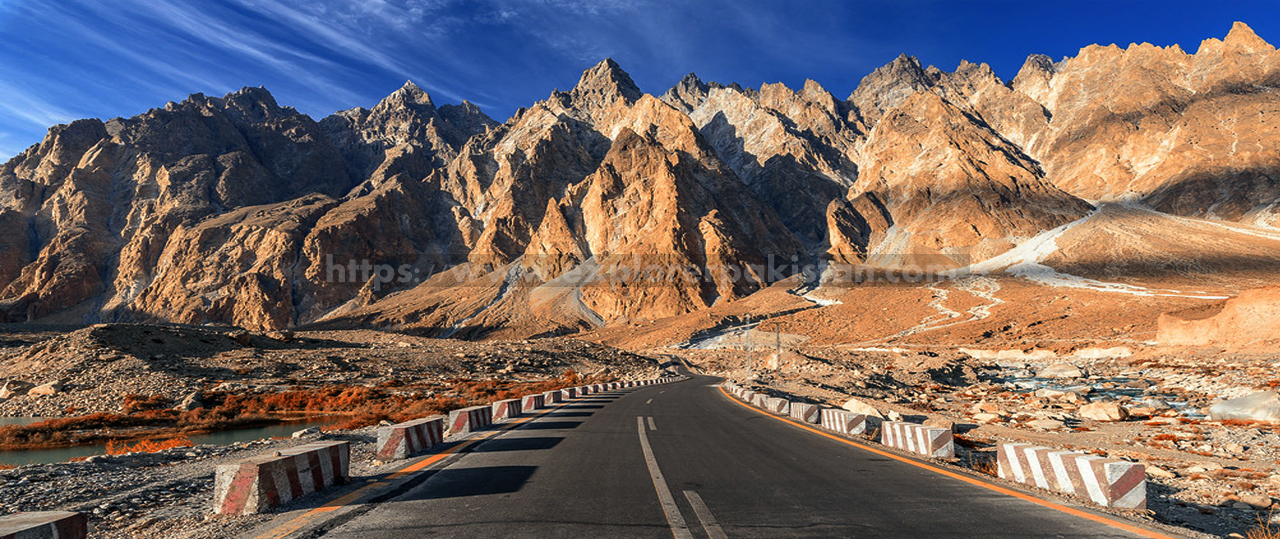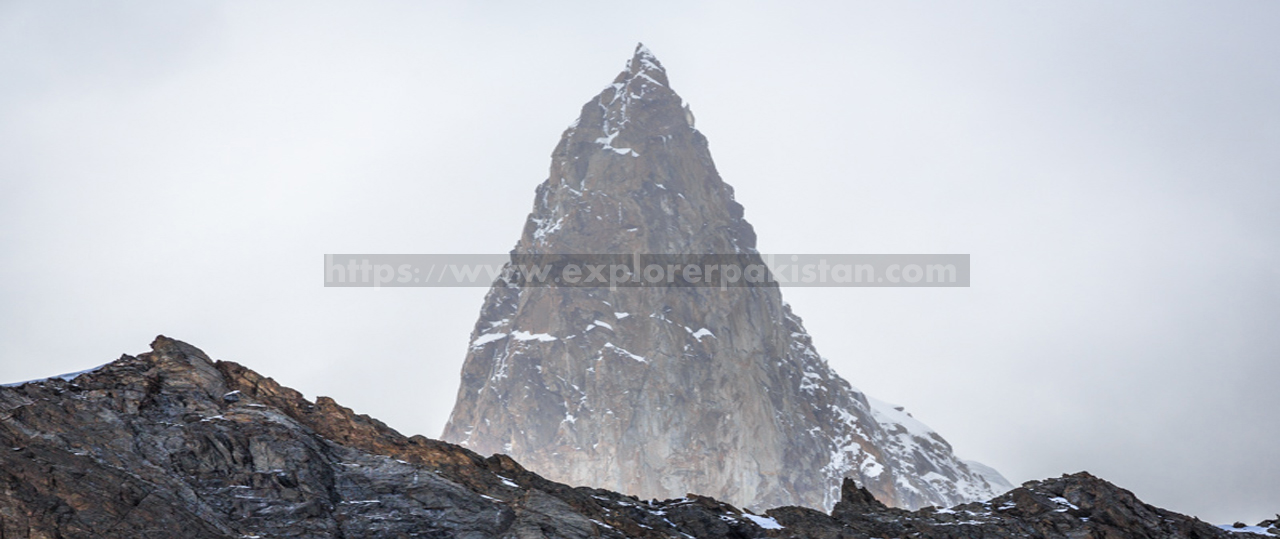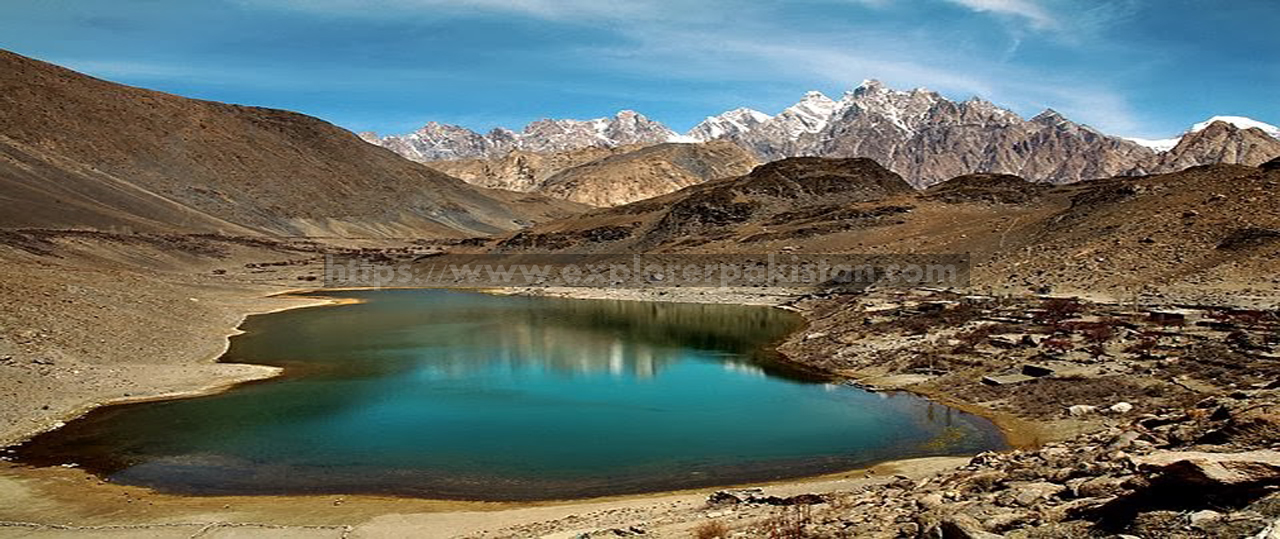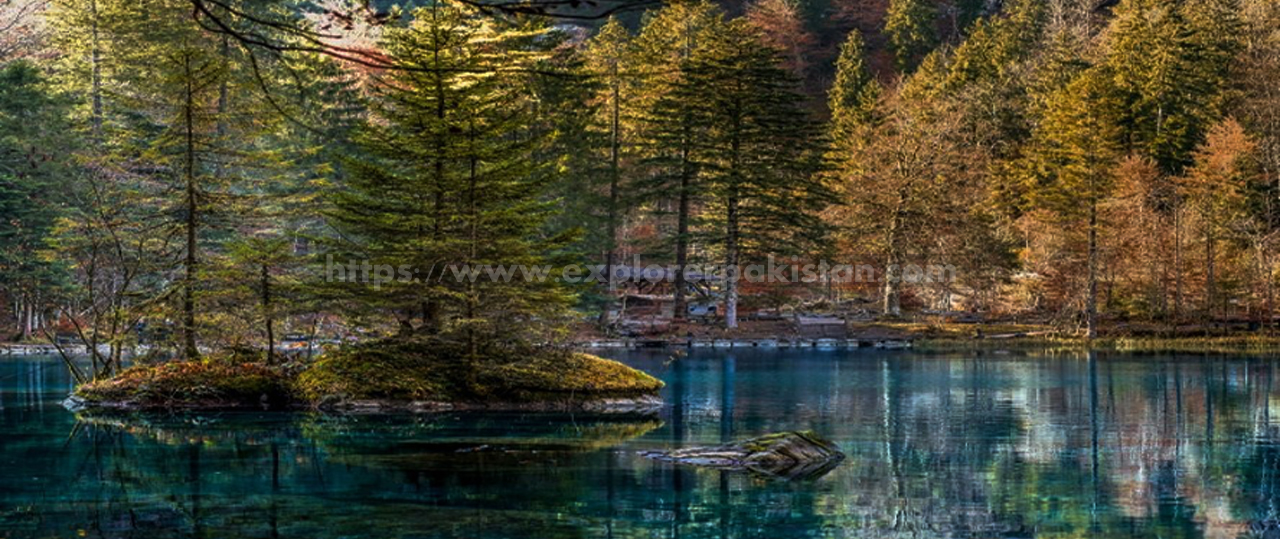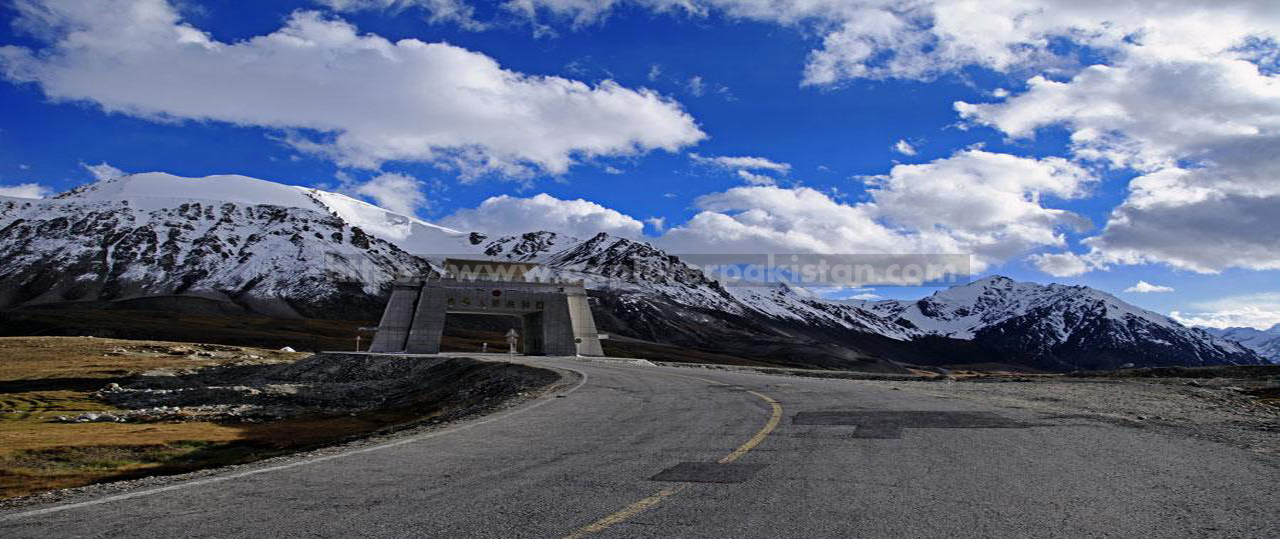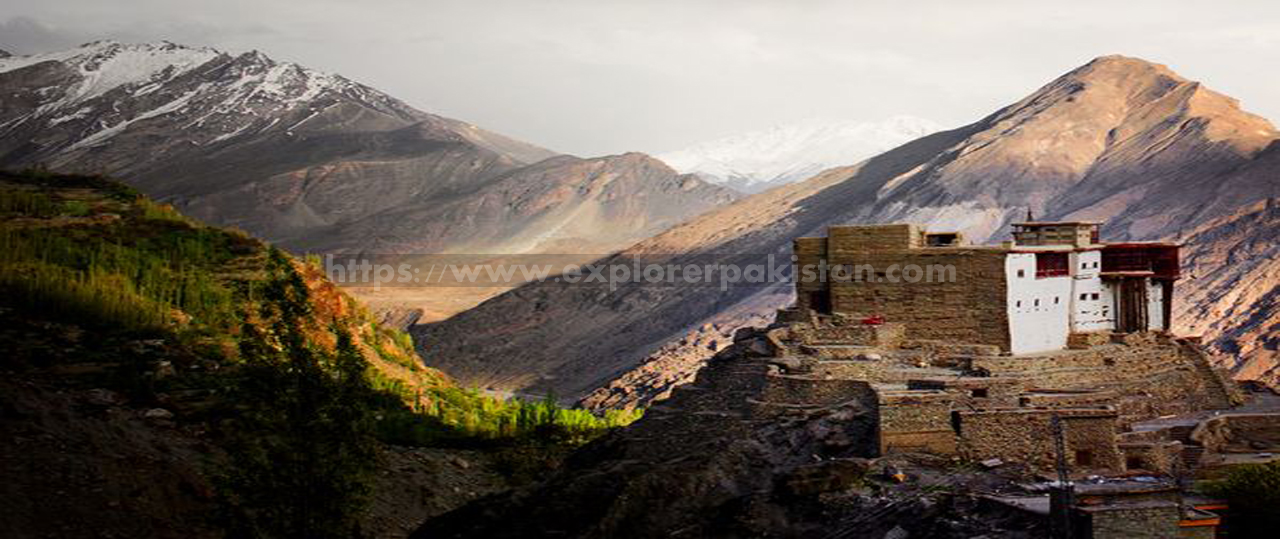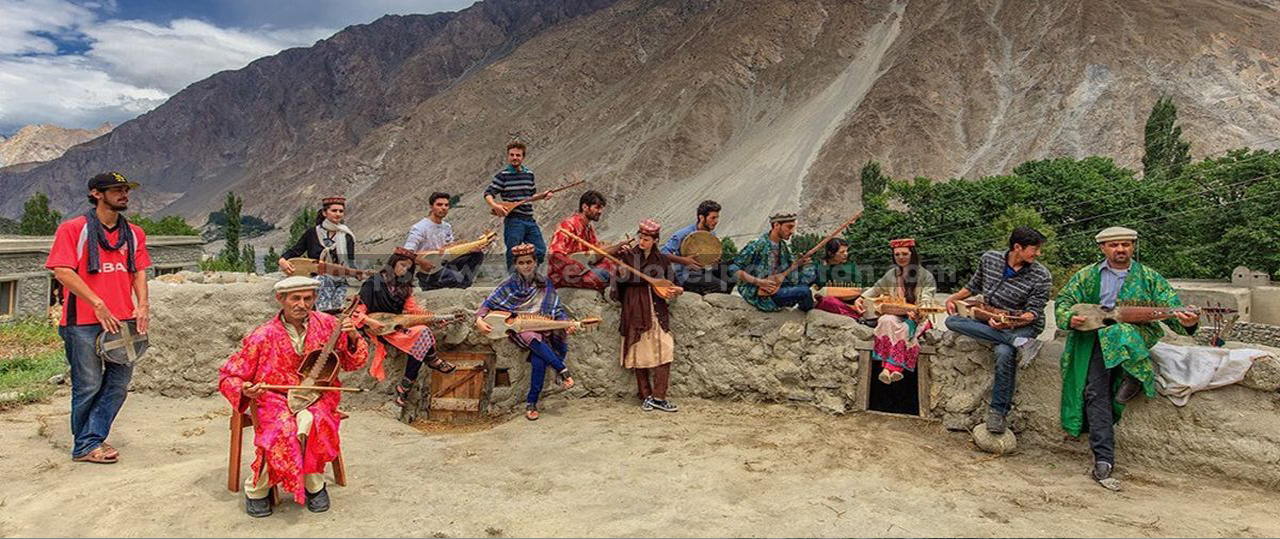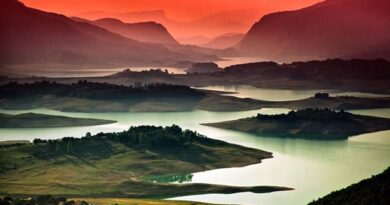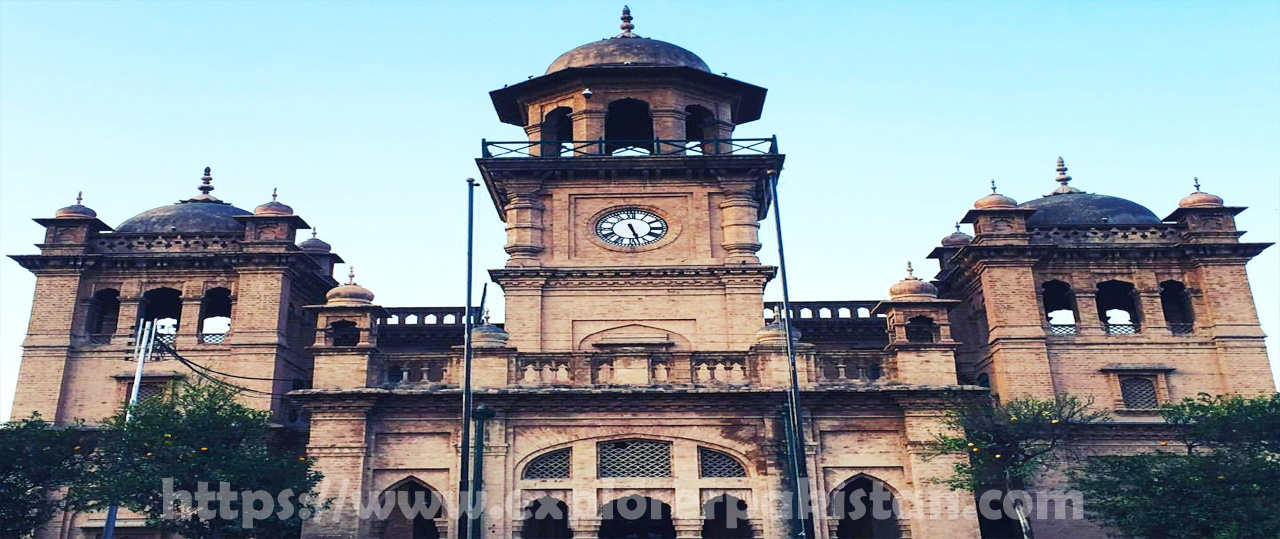Hunza Valley | Tour Guide About Places to visit in Hunza Valley
Hunza Valley
Hunza Valley located in Pakistan’s northernmost administrative region of Gilgit-Baltistan, is a colloquial term for ‘heaven on earth’. This assertion shouldn’t come as hyperbole to anyone because once you visit this majestic region, you will see that this title is no exaggeration; rather, it is an obvious truism. Read to full article to know about hunza valley hotels, hunza valley tourism and top places to visit in hunza valley.
From the giant Karakoram and Himalayan mountain ranges to the picturesque Hunza valley, Gilgit-Baltistan offers unparalleled views that are equally stunning. This is one of the few places in the world where mountain ranges converge at a single point. Just the driving experience on the historic Silk Route, now known as the Karakoram Highway, leaves an indelible impression on a traveler; with numerous attractions (including the Attabad Lake) along the way to your destination serving up a feast for the eyes
Hunza is widely considered as the most spectacular tourist destination in Gilgit-Baltistan, primarily because of its diverse natural beauty. The culture of the area has remained well-preserved for centuries. Literacy is more than 70%; which is astonishing, given that the literacy rate of Pakistan remains static at 58%. Barring some precautions on the way, the area is a safe and secure travel destination.
Best Time to visit Hunza Valley
The best time to visit Hunza is between April and October since the valley experiences heavy snowfall and extreme temperatures during the winter season. The area also hosts a large number of cherry trees; so, if you happen to travel in April or May, there’s a chance you’ll end up enjoying the pleasant cherry blossom season in the mountainous region. Come for a weekend or, better yet, find local accommodation for a few months.
Top places to visit in Hunza valley are following :
Altit Fort
Altit Fort is an ancient fortress that originally served as a home to the original rulers (the Mirs) of Hunza. With its history that spans over a millennium, Altit Fort is the oldest monument in Gilgit-Baltistan. It helped the Mirs protect the area against foreign invaders (the Chinese and the Kievan Rus), and withstood many a siege – with its towers still standing strong to this date.
Its small rooms and low portals feature intricate carvings which are the hallmarks of the Mir era. The fort is nestled in the Royal Gardens of Altit. These lush green patches of land serve as hosts to trees filled with the tantalizing aroma of apricots.
Baltit Fort
After residing in Altit Fort for many years, the Mirs of Hunza relocated to the newer Baltit Fort around 700 years ago. Over the centuries, this structure underwent countless restoration initiatives. It was completely renovated in the 16th century when the local prince married a Balti princess – whose dowry included contracting the services of craftsmen for the renovation of the building.
Once inside the fort’s premises, you can see an ancient cannon on display, as well as several other artifacts. Other interesting features displayed include the intricately carved bay windows and surprisingly modern stained-glass windows.
Rakaposhi Peak
The 27th highest mountain peak in the world is located 100 kilometers from Gilgit. Rakaposhi translates to ‘snow-covered’ in the local dialect since its peak remains covered with snow throughout the year.
It is located in the middle of the Nagar and Bagrote valleys whose people have declared its surrounding area a community park. The mountain range is home to many endangered species, including the Marco Polo Sheep, snow leopards, brown bears, and wolves – if you’re a mountaineering enthusiast, you simply cannot afford to miss these amazing wildlife sightings. And, of course, Rakaposhi is so supreme in its stature, you can see it with the naked eye from most parts of Hunza.
Passu Cones
ts popularity stems from its beautiful landscapes, and it offers some of the most panoramic views of the Passu Cones (aka the Cathedral Range), Passu Glacier, and the Passu Sar mountain range. The Passu Cones is a marvelous sight to witness at sunset when the snow seems like it’s melting away into oblivion; hence the alternative name of Tupopdan (‘sun-swallowing mountains’) given to Passu Cones.
Ladyfinger Peak
This mountain range with distinctive physical features is located in the westernmost sub-range of the Karakoram. Since it’s conical in shape, this snow less massif rises precipitously above the Hunza Valley to the southeast. It is also known as Bublimotin (‘Bubli’s peak’) in the local language. The locals obtained the name from a folktale which had a princess named Bubli standing at the peak to wait for her prince’s return from a rescue mission.
Attabad Lake
The origins of Attabad Lake are nothing short of a tragic event that led to widespread destruction. The massive landslide in 2010, which buried the village of Attabad, dammed up the Hunza River; forming a 100-meter-deep lake. In addition to providing the infrastructure, the authorities concerned have turned Attabad Lake into a tourist attraction; with its recreational places – which offer boating, fishing, and jet skiing facilities – becoming tourism hotspots.
Borith Lake
Borith Lake is in the Hunza district of Gilgit–Baltistan. This is near the village of Gojal, Ghulkin in the upper Hunza. The altitude of Borith is roughly 2,600 m (8,500 feet) above sea level.
Satrangi Lake
Satrangi Lake is the Breathtaking beauty. Takes about 2 or 3 hours of riding a 4×4 jeep. Satrangi lake changes colors based on sunlight. Though a fair warning, please plan your trip as there are limited facilities located close to Satrangi Lake and make it harder for tourists to fully take advantage of the stunning place.
Khunjerab National Park
Khunjerab is beautiful as well with majestic scenery along the roads. There are even flocks of Ibex running along the mountain roads. It is like a drive through a safari town and an experience in its own right. The temperatures tend to drop pretty low here so we’d recommend to dress up well and warm.
Karimabad
Karimabad is the capital of Hunza. During their visit to the valley, many tourists prefer to stay in this town due to its developed infrastructure and availability of accommodation facilities. The place has retained its historical significance with its magnificent architecture, comprising stone-paved streets and homes. Its marketplace is a haven for people looking to buy souvenirs (including gems, traditional clothes, and other crafts) that symbolize the ancient status of the region. You’ll find some great gifts for your family and friends, or even some interesting artifacts for keeps!
Gulmit
Gulmit (which translates to the valley of flowers in the native language) is the administrative center of Gojal or Upper Hunza. This centuries-old town hosts various shops, museums, and numerous other tourist attractions.
These are the best places to visit in Hunza and wondrous and breath-taking places you must visit in Hunza. Once your tour begins, you’ll find yourself undertaking an unforgettable journey; with transformational becoming a buzzword for travel experiences of similar scope. Moreover, you’ll get a chance to explore and interact with different cultures and people that have to remain camouflaged since time immemorial.
